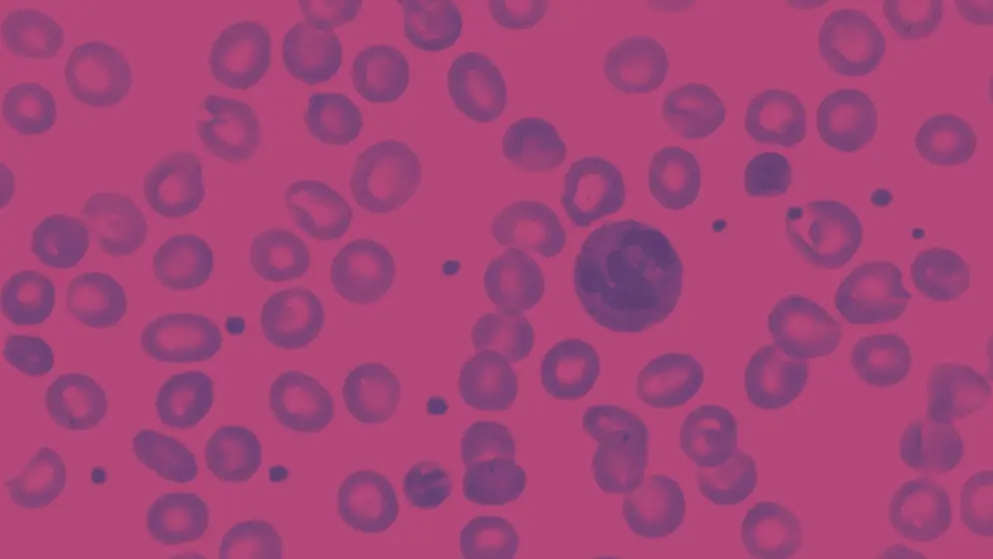
Hypertension
Hypertension is an important global health issue, affecting around 40% of adults aged 25 and over. It is characterised by a persistently elevated arterial blood pressure and is divided into two main categories: primary hypertension and secondary hypertension.
Primary hypertension is the most common form, affecting over 90% of hypertensive patients. It is defined as having no identifiable cause and is likely to be the consequence of an interaction between environmental and genetic factors.
Secondary hypertension, which is far less common, is a type of hypertension with a known underlying cause. It can be the side effect of a medication or the symptom of conditions such as endocrine disease, kidney disease and tumours.
There is also a subtype of hypertension known as pulmonary hypertension, which is characterised by increased arterial blood pressure within the lungs that can cause symptoms such as dyspnea, syncope, lethargy, chest pain, oedema, and tachycardia.
While it is rarely accompanied by symptoms, long-term hypertension is a major risk factor for a large range of diseases including coronary heart disease, stroke, heart failure, atrial fibrillation, chronic kidney disease and dementia.
The goal of hypertension treatment is to lower the high blood pressure and protect organs from damage. Treatments primarily involve lifestyle changes and drug therapy such as angiotensin-converting enzyme (ACE) inhibitors and angiotensin II receptor blockers (ARBs).
Developed by EPG Health for Medthority, independently of any sponsor.
of interest
are looking at
saved
next event
Browse older resources
Cardiovascular Metabolism Learning Zone
The cardiovascular metabolism (CVM) Learning Zone hosted on Medthority.com features over 70 expert opinion videos covering type 2 diabetes and hypertension.
Fluid Management Learning Zone
Welcome to the Fluid Management Learning Zone. In this Learning Zone we provide an overview of fluid management, including albumin for sepsis and septic shock, guidelines for fluid management in liver cirrhosis and fluid management in cardiac surgery.



